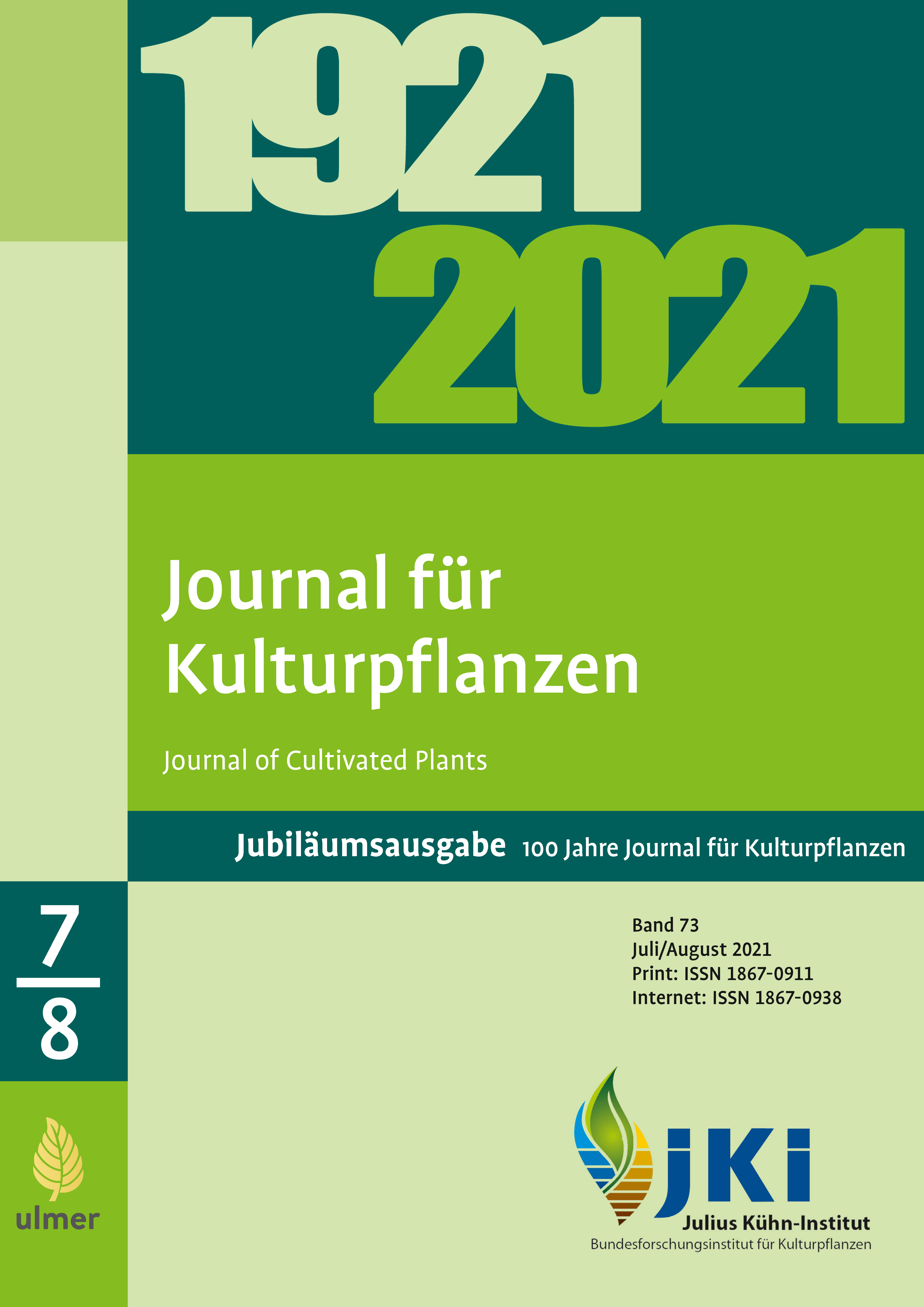A time travel through nematology in Germany – From the beginnings to the use of artificial intelligence
DOI:
https://doi.org/10.5073/JfK.2021.07-08.08Keywords:
Beet cyst nematode, Heterodera schachtii, phytobiome, nematode resistance, bioindicators, digitalizationAbstract
The Nachrichtenblatt für den Deutschen Pflanzenschutzdienst, today's Journal of Cultivated Plants, celebrates its 100th birthday. It has remained true to its goal of “providing instruction and information to those involved in the practical plant protection service” to this day as stated in its first issue by Otto Appel. This also applies to the field of nematology. The topics have expanded over time and developed further on an international level. While the main focus was initially on the biology and host plant spectrum of the various nematode species, today it is on host-parasite interactions, resistance and tolerance of cultivated plants and the influence of climate change and globalization on the distribution and harmful effects of nematodes. The present article looks back at the topics 100 years ago, presents current research topics using the example of ongoing work at the Julius Kühn Institute and provides an outlook on the topics of the future.
Downloads
Published
Issue
Section
License
Copyright (c) 2021 Johannes Hallmann, Matthias Daub, Holger Heuer, Björn Hoppe, Sebastian Kiewnick, Stephan König, Jan Henrik Schmidt

This work is licensed under a Creative Commons Attribution 4.0 International License.
The content of the journal is licensed under the Creative Commons Attribution 4.0 License. Any user is free to share and adapt (remix, transform, build upon) the content as long as the original publication is attributed (authors, title, year, journal, issue, pages).
The copyright of the published work remains with the authors. The authors grant the Journal of Cultivated Plants, the Julius Kühn-Institut and the OpenAgrar repository the non-exclusive right to distribute and exploit the work.







